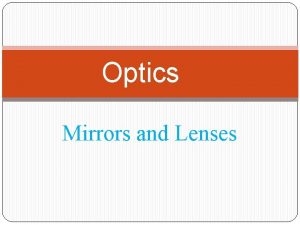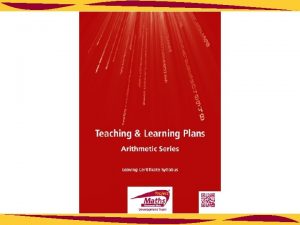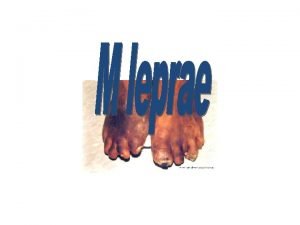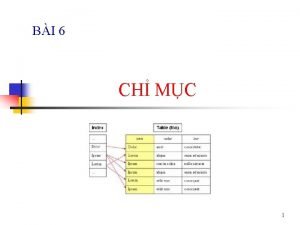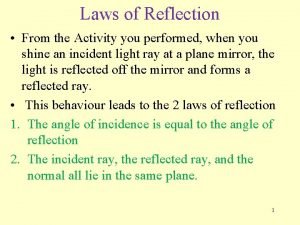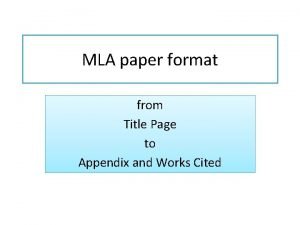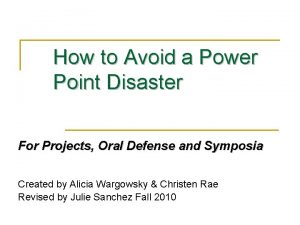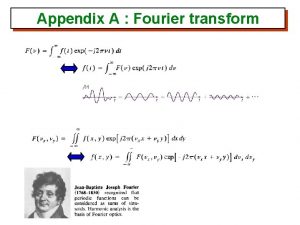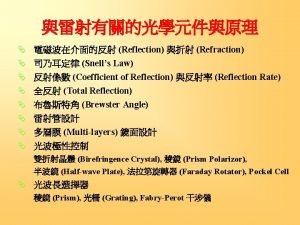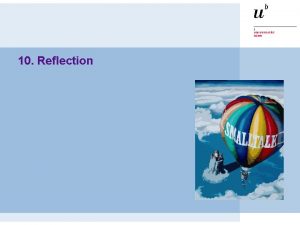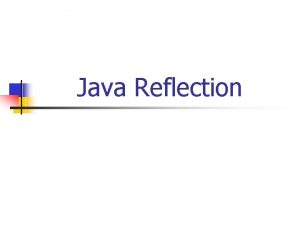Appendix Reflection Activity 2 Activity 1 Index Section


















- Slides: 18


Appendix Reflection Activity 2 Activity 1 Index Section A: To find the sum of first n terms of an arithmetic series Section B: To further develop the concept of Sn of an arithmetic series Reflection Appendix Proof of Formula for arithmetic series

• Try this question with or without your calculator. If Seán saves € 40 for the first week and increases this amount by € 5 per week each week thereafter (i) how much will he save in the 10 th week? (ii) how much in total will he have saved after the first 10 weeks? • Which answer is bigger and why? • The amount Seán saved in the 10 th week is known as the 10 th term of the series and the total amount he had saved in the first 10 weeks is known as the sum of the first ten terms (or the partial sum) of the series. • Is there a relationship between arithmetic sequences and series and if so what is it? Lesson interaction Index Activity 1 Activity 2 Reflection Appendix Section A: Introduction

Appendix Page 23 Reflection Page 22 Activity 2 Lesson interaction Activity 1 Index Section A: Introduction

Appendix Reflection Activity 2 Index Lesson interaction Activity 1 Section A: Introduction

Index Activity 1 Activity 2 Reflection Appendix Section A: Student Activity 1 (Calculations must be shown in all cases. ) 1. A craftsman uses 100 beads on the first day of the month and this amount increases by 15 beads each day thereafter. If he works 24 days in the month, how many beads will he need to order in advance to have a month’s supply? 2. Find the total amount of metal required to continue this shape with 20 sides. The lengths of the sides are in metres. 3. A factory produced 10, 13, 16 and 19 items per week in the first four weeks of the year. If this pattern continues how many items will this factory produce in the last week of the year and how many items will the factory produce in total in a complete year of business (52 weeks in the year)? 4. If James saves € 40 during the first week of January and increases this amount by € 5 per week every week for the following ten weeks, how much will he save in total?

Index Activity 1 Activity 2 Reflection Appendix Section A: Student Activity 1 5. A woman has a starting salary of € 20, 000 and gets an annual increase Of € 2, 000 per year thereafter. How much will she earn in total during her working life, if she retires after working for 40 years? 6. Your new employer offers you a choice of 2 salary packages. Package A has a starting salary of € 12, 000 per year with an annual increase of € 2, 000. Package B has a starting salary of € 20, 000 and an annual increase of € 1, 500. Assuming you plan to remain in the firm for ten years which is the best package and by how much? Illustrate your reasoning with the help of calculations. 7. In a cinema, there are 140 seats in the front row, 135 in the second and 130 in the third row. This pattern continues until the last row. If the last row has 45 seats, how many rows are there in the cinema? Calculate the total number of seats in the cinema.

Index Activity 1 Activity 2 Reflection Appendix Section A: Student Activity 1 8. Find an expression for Sn for the arithmetic Series 2 + 4 + 6 + 8 +…. 9. How many terms of the arithmetic series 1 + 3 + 5 +. . are required to give a sum in excess of 600? 10. Kayla got her new mobile phone on the first of April. She sent 1 text that day, 3 texts the next day and 5 texts the next day. If this pattern continues how many texts will she send on 30 th April and how many texts in total will she send in the month of April that year? (April has 30 days. ) If each text message costs 13 cent how much will she spend sending texts in April? 11. Is it possible for an arithmetic series to have a first term and a common difference that are both non-zero and have a partial sum of zero? If so, give an example and explain the circumstance that causes this to happen.

Index Activity 1 Activity 2 Reflection Appendix Section A: Student Activity 1 12. A water tank containing 377 litres of water develops a leak. On the first day the tank leaks 5 litres of water and this increases by 4 litres each day thereafter. Show that the amount of water that leaks each day follows an arithmetic progression and apply the Sn formula to determine how long it takes for the tank to empty. Show your calculations. 13. A bricklayer has 400 bricks and wants to build a wall following the pattern below. How many layers high will the wall be if he plans to use all his bricks?

• We know that the sum of the first eight terms of an arithmetic series is 80 and that the sum of the first sixteen terms is 288. How can we represent this information using algebra? • Now, what types of equations do we have and what can we do with them? • What information does this give us? • Complete questions 1 to 9 in Section B: Student Activity 2. Lesson interaction • Complete the interactive quiz called “Arithmetic Series” on the Students' CD. Lesson interaction Index Activity 1 Activity 2 Reflection Appendix Section B: Student Activity 2

Appendix Reflection Activity 2 Index Lesson interaction Activity 1 Section B: Student Activity 2

Appendix Reflection Activity 2 Activity 1 Index Section B: Student Activity 2

Appendix Reflection Activity 2 Activity 1 Index Section B: Student Activity 2

Appendix Reflection Activity 2 Index Lesson interaction Activity 1 Section B: Student Activity 2

Index Activity 1 Activity 2 Reflection Appendix Section B: Student Activity 2 10. Emer purchases a new car every year on 1 st January. She purchased her first car in 2001 and it cost € 20, 000. Each year after that the cost of her new car increases by € 3, 000. a. How much did she spend on her 10 th car? b. How much did she spend on the car she purchased in 2011? c. Why were the previous two answers not the same? d. How much did she spend, in total, on her first ten cars? e. By 1 st February 2011, how much would she have spent on cars, assuming that she bought no cars other than those in the pattern mentioned in this question? 11. Emer purchases a new car every second year on 1 st January. If the first car she purchases costs € 20, 000 and each time she changes the cost increases by € 6, 000 a. how much will she have spent in total in buying the cars on 1 st February, ten years after she bought the first car? b. how much will she spend in total on her first ten cars?

• What do you understand by the word ‘arithmetic’ sequence? • What can you tell about a sequence? • What can you tell be about a series? • How is an arithmetic series formed? Lesson interaction Index Activity 1 Activity 2 Reflection Appendix Reflection

Appendix Reflection Activity 2 Activity 1 Index Appendix A

Appendix Reflection Activity 1 Page 22 Activity 2 Index Appendix A
 Diffuse reflection vs regular reflection
Diffuse reflection vs regular reflection Activity 2 reflection
Activity 2 reflection Optical fibre
Optical fibre Primary index is dense or sparse
Primary index is dense or sparse Mycobacterium leprae
Mycobacterium leprae Pqli advantages and disadvantages
Pqli advantages and disadvantages Waveguide in optical fiber
Waveguide in optical fiber Simpson's diversity index equation
Simpson's diversity index equation Liquid limit flow curve
Liquid limit flow curve Clustered index và non clustered index
Clustered index và non clustered index Law of reflection activity
Law of reflection activity Activity 2: reflection
Activity 2: reflection Duke activity status index
Duke activity status index Appendix example in research
Appendix example in research Example of appendix in report
Example of appendix in report Appendix in paper mla
Appendix in paper mla Appendix marvel
Appendix marvel Large intestine
Large intestine Appendix powerpoint template
Appendix powerpoint template
